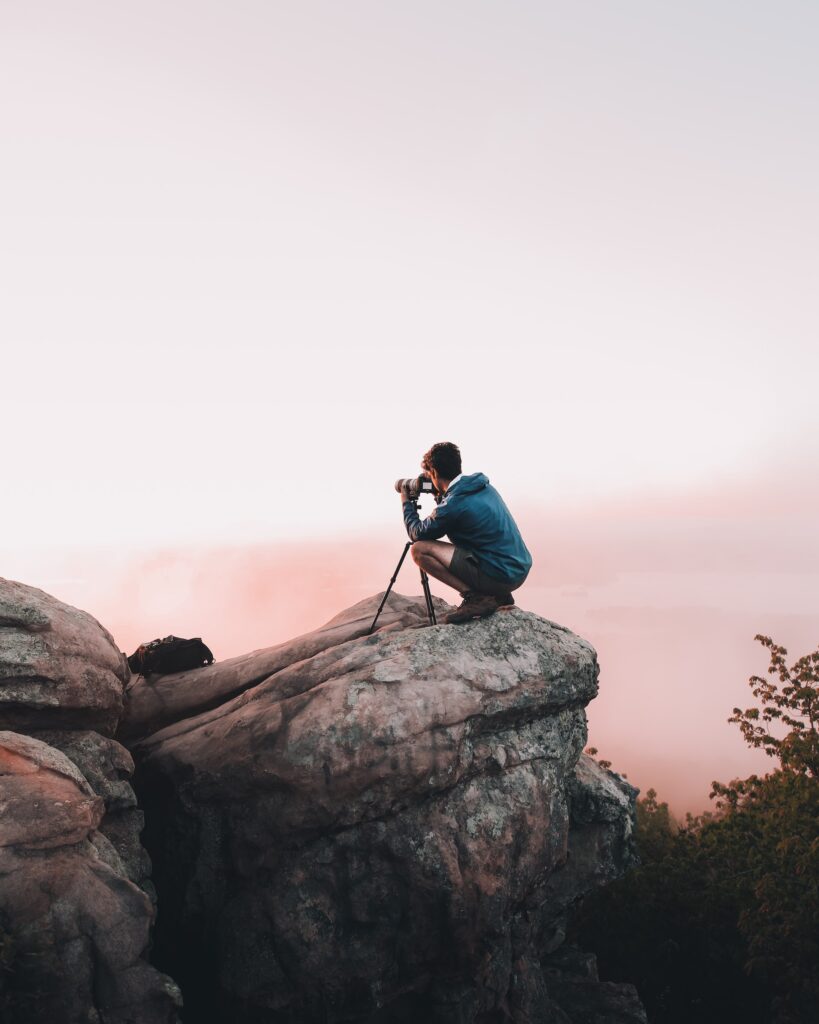We’ve all been there at some point. You return from an epic voyage; a memorable journey spanning across countries, continents, seas, and skies, and realise with a heart-stopping shock: you’ve lost your travel photos and videos.
All those astounding sunsets, breath-taking landscapes, and stolen shots of wild animals viewed from afar…everything lost in the labyrinth endless digital space without a seeming hope of return.
Indeed, in this era of digital omnipresence, your travel photographs and videos are more than mere pixels; they encapsulate moments of awe, fleeting happiness, intriguing experiences and thrilling adventures. Safeguarding these invaluable digital treasures from potential loss and disaster, then, is more than just the usual ‘better safe than sorry’- it’s truly essential.
With that in mind, here’s how to protect your travel photos and videos from data loss.
Step 1: Save As You Snap
Quite often, we are too engrossed in the ‘moment’ of our adventures to consider anything as spontaneity-killing as making efforts to save them.
So, first things first; every time you snap a travel photo or take a video, take a moment to save the content and back it up if possible. To back up photos effectively, choose several simultaneously functioning storage methods. This could include online cloud services like Google Drive or Dropbox (more of that in a moment), and physical devices like external hard drives or USB sticks. Regularly update these backups to ensure all your recent photos are protected.
Convert your ‘snap and forget’ approach to a ‘snap, save, and secure’ routine. You can thank us later.

Step 2: Embrace The Cloud
Cloud computing emergence has been a boon for safeguarding digital assets, including your prized travel photos and videos. Services like Google Photos, iCloud, Dropbox and more all offer space to back up and subsequently store your mental treks photographically, automating the backup process and ensuring that every vivid snapshot or video gets a safe spot in the cloud. All this while enabling ease of access across devices and geographic span… What’s not to love?
Step 3: Duplicate Your Documentation
While using a single device like a smartphone or a camera might be the most convenient option for most budding photographers, deploying a secondary device for additional storage pays dividends. This method hedges your bets against data loss calamity, with additional memory cards acting as double ‘film’ rolls from yesteryears— the more, the merrier and arguably the safer, too!
Step 4: Frequent File Transfer
It’s beneficial to ensure a traditional line of defence against digital loss by transferring your files – photos and videos, that is – to a laptop, external hard disk or portable SSD. This aims at relocating data from an inherently volatile environment (your camera or smartphone) to a more stable, robust data storage companion.
Step 5: Post-Trip Double-Check
When your trip has come to an end (perhaps even as you wait for your delayed flight home!), make sure to check each storage platform for the photos and videos files. Prod around every Cloud corner, delve into every device directory and traverse through hard disk alleys, all in the name of ensuring that your travel’s digital imprints are safely ensconced in your chosen repositories.
While you’re at it, consider using a PDF drive tool to organize any travel documentation you’ve accumulated – receipts, tickets, maps, and guides. This software centralises PDF management, making it easier to organise, access, and share these documents alongside your visual memories.

Step 6: Utilising VPNs To Ensure Security
When you’re abroad, cafés, airport lounges and hotel rooms provide the backdrop, and of course it’s only natural that you’ll be logging on to the local Wi-Fi while you’re there, looking to do your due diligence and transfer or back up your photographs.
Here’s where you’re playing unwittingly into a digital snare. Public Wi-Fi networks are notorious breeding grounds for data theft and corruption. So, before transferring your files, ensure the device is connected to a Virtual Private Network (VPN).
A VPN obscures your online activities and encrypts your network data from prying eyes. By effectively making you invisible online and helping you change location virtually, you severely narrow down any potential risks when sharing files over a network, thus adding a layer of protection against any data loss or corruptibility caused by network hackers.
Read: 10 essential cybersecurity tips for travellers
Step 7: A Firmware Fortress
Believe it or not, data loss can be caused by something as seemingly innocent as an outdated firmware in your camera or smartphone. Many dismiss firmware updates as redundant aspects of owning a tech gadget—they are anything but.
Regular updates refine and perfect the interface, handling and functionality of your gadget, ensuring they’re working at peak performance. Specifically, this peak performance includes protecting and storing your data (including your travel photos and videos). Make sure to regularly update your gadget’s firmware—the fortified system could just keep your files safe and prevent your cherished instants from evaporating into oblivion.


Step 8: Master Of Disaster – Recovery Software
Ultimately, not all data loss is preventable. There’s only so much possible amidst the unexpected happenstance of travel. But should you face this disheartening situation, you might need to rely on your last line of defence—recovery software.
Numerous robust and reliable hard disk recovery tools and software can resurrect lost or corrupted files. Software like Disk Drill, Recuva or Wondershare Recoverit can help in retrieving your travel photos and videos. These applications can navigate the vertiginous trenches of corrupted data and retrieve your prized digital memories from the brink.
The Bottom Line
Remember, absolute safety in digital landscapes remains an aspirational desire rather than an attainable certainty. Hence, adopting an approach that blends cloud networking, multiple devices, regular data transfers, proactive file checking, and various cybersecurity measures is imperative in shielding your travel fantasies brought to life via photos and videos from the unnerving horror of data loss.





